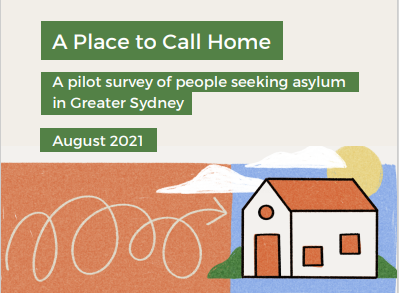Home Research / Reports Page 20
Research / Reports
- Research
Ensuring liveability and accessibility in medium to high-density urban housing and precincts in our cities is critical to maximise investment and minimise future risks to our community. This research will investigate the current leading practices, considering future innovative options, and case studies. A key outcome will be a Liveability Framework for Medium to High-Density Social and Affordable Housing, based on a forward-looking set of quality standards, considered against investment costs.
- Research
This report examines tenancy sustainment patterns in Unison’s Rooming House and Long-Term housing stock. It builds on previous work published by the Unison Housing Research Lab on early tenancy loss, by examining the full spectrum of different times at which tenancies either exit or continue. Understanding tenancy sustainment patterns is critical to Housing Associations like Unison, for whom a large proportion of tenants have experienced sustained social and economic exclusion and chronic housing instability. Improving tenancy sustainment rates is one of the key goals of many social housing providers and for good reason. Extant research shows there are clear social and economic benefits when households maintain their social housing tenancies.
- Research
It is well established that those leaving out-of-home care (OHC) experience considerable disadvantage and that this is exacerbated for Indigenous care leavers. This study examined the housing, homelessness, mental health, alcohol and drug and juvenile justice service usage pathways for care leavers located in Victoria and Western Australia. The types of services that support care leavers to obtain and maintain housing were of interest.
- Research
International research of childhood residential mobility is associated with multiple long-term adverse outcomes. Although frequent residential mobility could be a marker for familial psychosocial difficulties, the elevated risks were cobserved across the socioeconomic spectrum, and mobility may be intrinsically harmful.
- Research
This survey asked people seeking asylum about their housing and homelessness experiences since arriving in Australia and also about their income, employment, and the impact of COVID-19 restrictions of March 2020.
- Research
This research is not just a question of cracking these informal morphogenic codes but of understanding the self-organizing practices through which they are developed and enforced. The key is to recognize informality not as a synonym for ‘slum’ but as a mode of production with varying levels of control by the urban poor.
- Research
This research investigated the potential for Australia’s regional areas to attract and sustain population and economic growth, examining whether particular international strategies and Australian models for supporting development have been effective.
- Research
Tenancy sustainment-maintenance of a tenancy to avoid a premature end of tenure-is fundamental to the prevention of homelessness. Understanding what…






